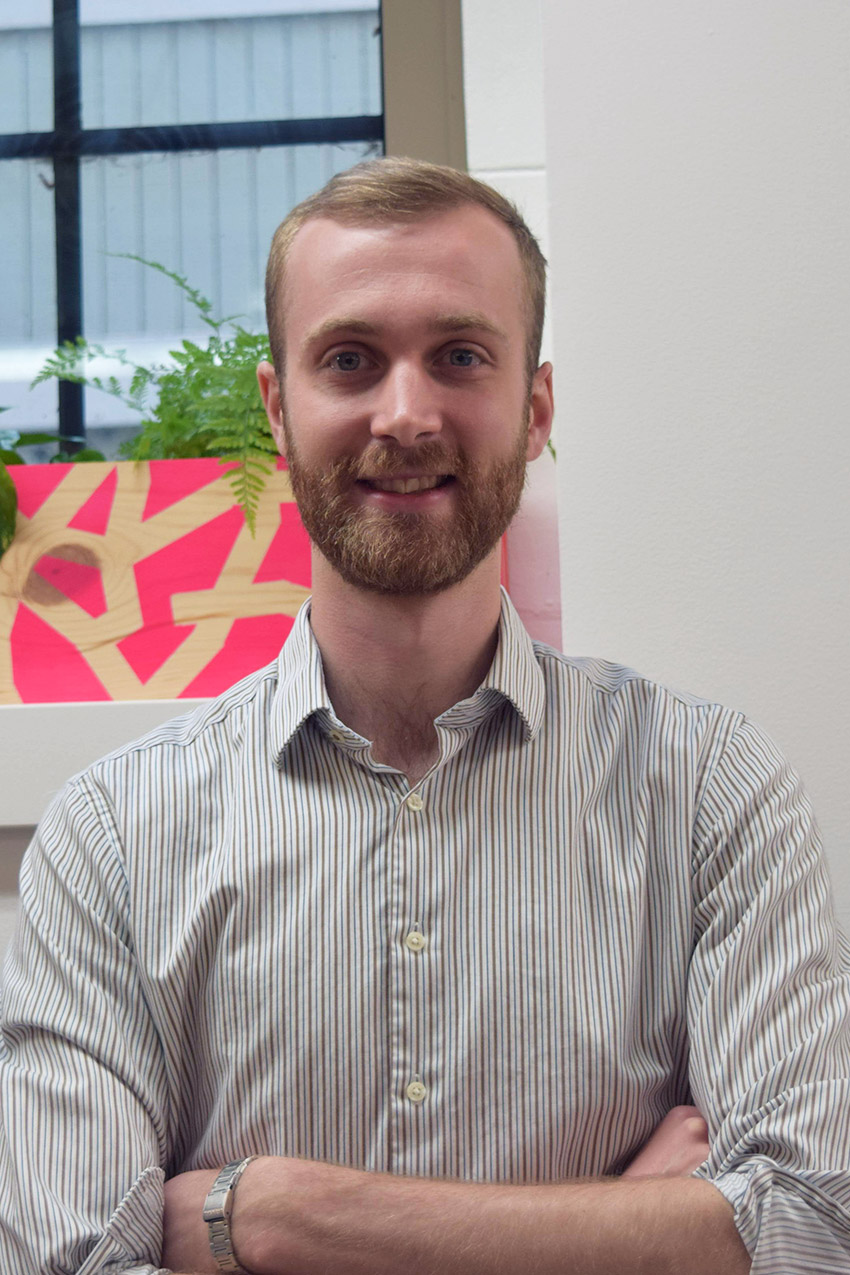Ela Sezgin
May 16, 2023
A&A graduate student Thijs Masmeijer received a Graduate School Boeing International Fellowship to work on the dynamics of 3D-printed spider web-inspired structures as a visiting researcher at the Ladisk Lab at the University of Ljubljana in Slovenia.

Thijs Masmeijer
The Ladisk Lab, directed by Professor Janko Slavič, is renowned for its research on the dynamics of machines and structures. The Ladisk Lab has integrated clever imaging computing methodologies into structural health monitoring, prognostics and diagnostics equipment. Masmeijer will apply Ladisk’s methodologies to test his hypothesis, which is that the recurring and distinct architectural choices found in spider webs provide extended cognition for sensing, localizing prey or damage, and applying structural maintenance where needed.
Spiders pluck the center of the web to cause vibration. The properties of the vibration in the web contains rich information. Thijs believes the vibration information is a key enabler for its extended cognition. In Ljubljana, he will test several spider web-inspired networked structures, all with slight changes in the spider web's recurring architectural choices, to see how these specific choices alter the vibration.
Masmeijer’s faculty adviser Professor Ed Habtour, says, “I am so very impressed not only by Thijs’ brilliant scientific mind but also his eagerness to build collaborative bridges to advance our understanding of multifunctional structures and materials seen in nature. We are also grateful to Professor Slavič and his group for their invaluable scientific insights and for hosting Thijs.”
Masmeijer is a Ph.D. researcher in A&A’s illimited Lab, which applies biological concepts to engineer novel multifunctional structures to provide actuation, sensing, and control capabilities for airframes, spacecraft and robots. The spider web acts as an impact sensor. Researchers have developed algorithms for sensor placement optimization and on aerospace structures, but there is little research on how to modify the geometries of the structure itself to improve this impact detection with the possible minimum number of sensors.
"The first step of this research is to learn the design decisions spiders make that improve impact detection," said Masmeijer. "We expect that the spider-inspired methods we are developing now can be applied to other goals like anomaly detection and noise reduction."
The Graduate School Boeing International Fellowship provides funding for graduate students to undertake research at universities outside the United States. Masmeijer will be in Slovenia from June till the end of September, and, upon his return, he will apply his research findings to his dissertation project.